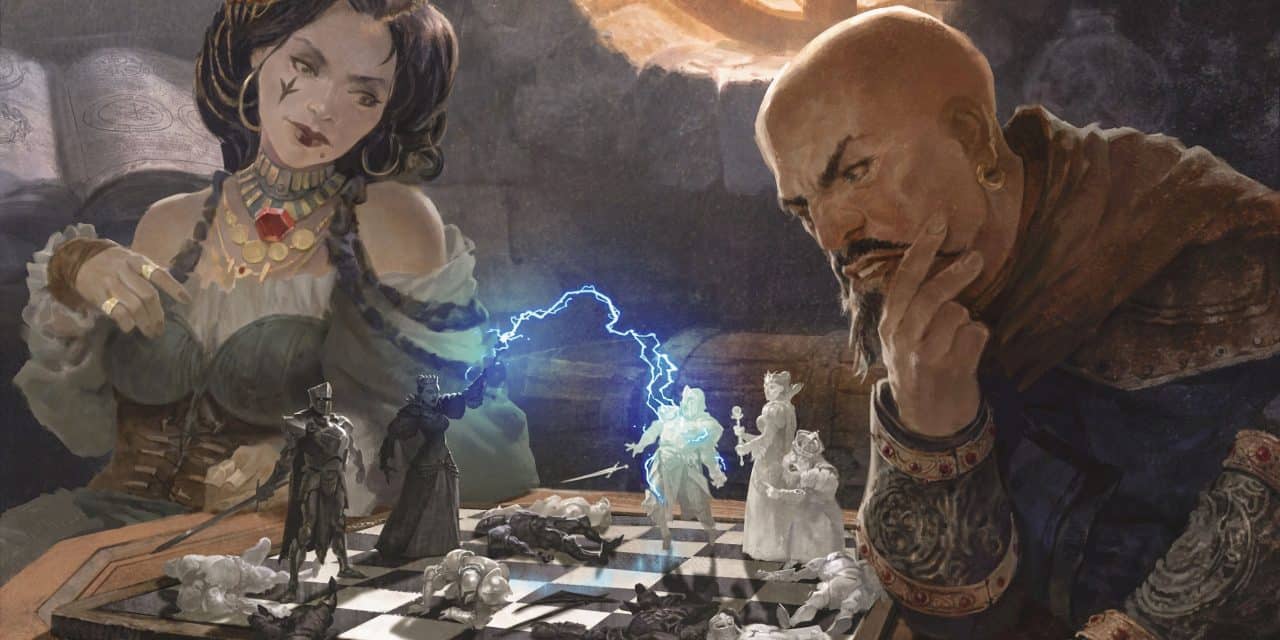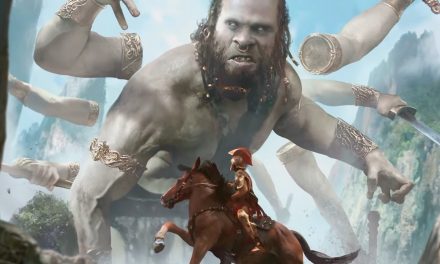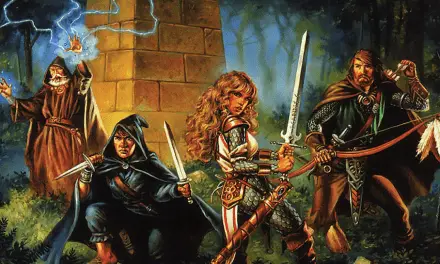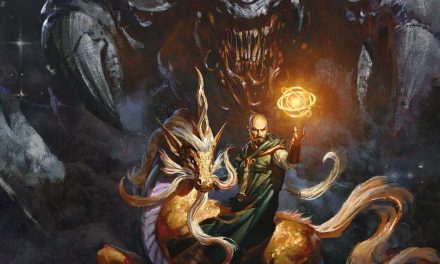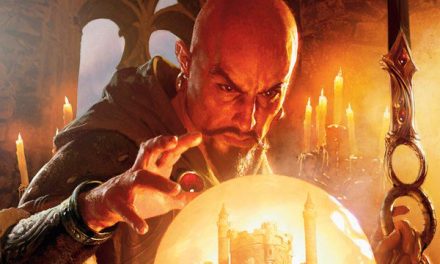As a Dungeon Master, one of the key responsibilities you have is preserving a type of balance within your campaign. You want to provide a challenge to the party, but you don’t want to overdo it.
This is why it’s so important for Dungeon Masters to understand the tiers of play.
There are four tiers of play in D&D 5e. The types of stories and the tones within those stories vary from tier to tier.
Additionally, knowing what tier your current story is taking place in helps you as the DM get a better sense of what kinds of magic items to give the party, what kinds of monsters they’ll encounter, and even what kind of villain they might face in each tier.
So let’s take a closer look at each of these tiers of play. We’ll review what elements typically define each tier as well provide some ideas for what kinds of encounters the party might have.
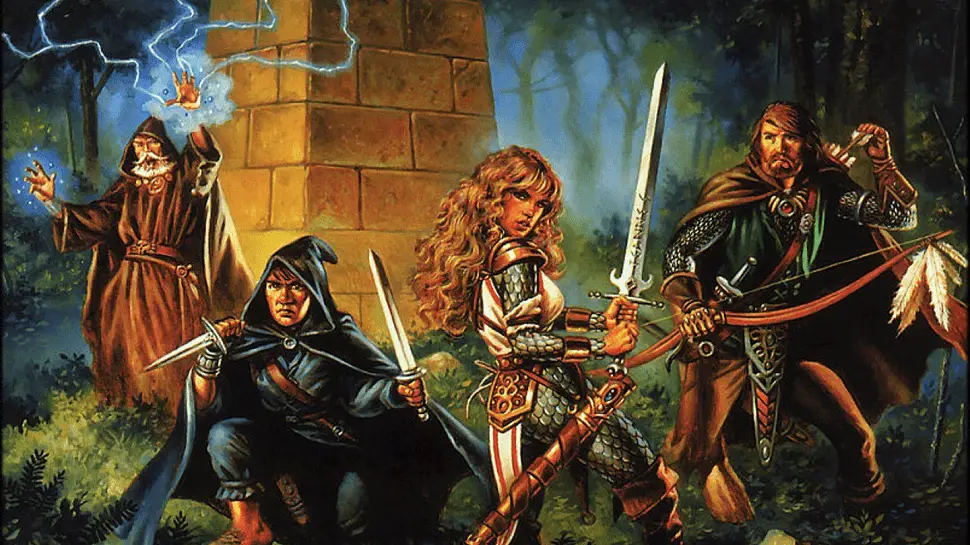
Tier 1 – Levels 1 to 4 – Local Heroes
At tier 1, the characters are “above average.” Each character has something that sets them slightly above the typical commoner. They’re a bit tougher, can probably cast a few spells, and might be especially talented at certain skills.
This is the “humble beginnings” tier.
The events of the story at Tier 1 are very localized in whatever location the party is in. Every quest is fairly nearby and the party’s actions/decisions have a direct effect on the town.
As they complete more quests, they become more well-known in the town/village. By the end of this tier, they are viewed as heroes by the people of the community.
A large part of what defines this tier is actually the limitations of the party.
Especially if you’ve just finished a different campaign at a higher tier, players are often surprised at how quick their resources can go. It can be humbling!
Spellcasters only get a few spells for the day. Monks will only have a couple of ki points and need to take a short rest after each encounter. Paladins can only get in two or three Divine Smites per day.
While you might think that the real difficulty in D&D is at the higher levels, Tier 1 is actually the grittiest of the tiers. If the party isn’t conserving their resources or has a habit of overreaching, it can get very tough!
As the advice goes, don’t get too attached to a Tier 1 character!
Tier 1 is largely defined by having higher stakes and weaker characters. Taking 4 damage at these levels hurts A LOT more than it does at later levels.
As for magic items, consumables like potions and scrolls will be the most common magic items at this tier. Towards the upper end of this tier, the party might find an uncommon magic item or two.
Encounters You Might Find as Local Heroes
Much of the famous D&D experience takes place at Tier 1.
Goblins and bandits are the most common enemies at this tier. Not only are they more appropriate in difficulty, but they also tend to be very localized encounters anyway. A town having its trade routes pillaged by goblins and bandits is exactly the kind of opportunity for the party to make a name for themselves!
Creatures like wolves, giant spiders, and bears are also threats for the party at this tier.
Of course, there are also plenty of low-level undead creatures like zombies and ghouls that the party can encounter if you’re going for more of a horror vibe.
Local intrigue can be a great way to set up quests and encounters. Someone might have spotted the mayor’s son visiting the strange old woman (cough, the Hag, cough, cough) on the outskirts of town. At night, some of the townspeople might hear strange noises coming from the abandoned mine.
The thing about small towns (whether in real-life or D&D) is that people talk. This means that there’s plenty of natural opportunity for the DM to set up quest hooks for the party.
Ideally, each quest hook’s resolution has some kind of visible effect on the town.
As a big example, dealing with the bandits who are blocking trade to the town could start bringing in new supplies for the merchants to sell. On a smaller level, helping clear out the rats in the innkeeper’s basement might get the party some free or discounted rooms to stay in whenever they’d like.
You Might Like: The 6 Best Books Every Dungeon Master NEEDS to Read!
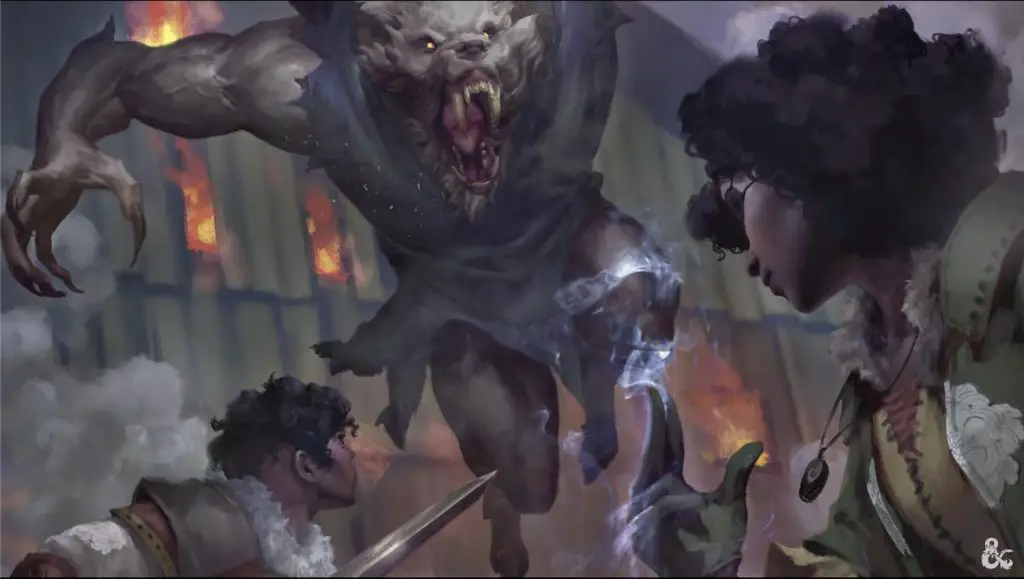
Tier 2 – Levels 5 to 10 – Heroes of the Realm
The jump from level 4 to 5 is pretty intense. At level 5, most characters are getting some of their most important features or buffs.
Martial classes can now attack twice which means that their potential damage output is doubled.
Plus, most of these classes have more ways to increase their damage beyond that in combat. Paladins are smiting more often, Monks have their Stunning Strike, and Rogues are pumping out crazy amounts of Sneak Attack damage.
Meanwhile, spellcasters are now accessing some spells that can completely negate an entire challenge.
This means spells like Fireball and Lightning Bolt which can destroy an entire swarm of goblins. Other spells like Fly or Leomund’s Tiny Hut offer extra utility to help a party overcome traps, outmaneuver enemies, and rest safely.
Common and Uncommon magic items are most often found at this tier. Various wondrous items and things like +1 weapons are generally appropriate.
Towards the end of this tier, there might be a rare magic item or two that appear. Unless the DM has plans otherwise, you won’t be finding crazy over-the-top legendary magic items just yet!
While the party have gotten way stronger, there are still high stakes at this tier of play.
While it’s less likely for a character to die, it’s still very possible. Spells like Revivify and Reincarnate can bring a character back, but those also have material costs that aren’t exactly pocket change even at this tier!
The party are much more formidable than they were at Tier 1. They should absolutely be doing some really heroic things, but they’re not invincible!
By the end of this tier, the party are widely regarded as being heroes of the realm.
The Golden Tier of Play?
Compared to Tier 1, adventures in tier 2 involve much more travelling. The party will likely visit a large city or two and find themselves in strange, exotic lands far from their humble beginnings.
Quests might even take the party to another plane such as the Feywild or Shadowfell. If the party does visit another plane, it’s likely to be a quick trip that is for a very specific purpose before returning.
In a very story-driven campaign, this is what you might consider the “Golden Tier of Play” for 5e.
The adventure takes place beyond the party’s local beginnings and sees them expanding their horizons in pursuit of their goals. Encounters get much grander in scale alongside the party’s capabilities. They have connections within the world and might even get a keep or base of operations to call their own in this tier.
While it’s wise to lay some story hooks out in the Local Heroes tier, this is the tier where you want to really focus on laying out the story elements and tying them all together. I call this “spinning the red thread” and you can read more about what that Red Thread technique is here.
Encounters You Might Find as Heroes of the Realm
At this tier, the party is fully capable of taking on both more and stronger enemies. Expect larger encounters against more tactical enemies like Orcs, evil Wizards, and Hobgoblin forces.
Mythological staples are also common encounters at these levels. This includes things like Giants, hydras, medusas, and more.
Related: 10 D&D Monsters From Real World Mythology
Towards the upper end of this tier, it’s fully possible that the party might find themselves encountering a young dragon. Well, without having to run for their lives anyway… maybe…
A colossal chunk of the monsters published for 5e are right at home in this tier. Whatever kind of theme you’re going for, you’ve got plenty of options available to you in your session prep.
Where previously your dungeons were meant for smaller, quicker encounters, you can really dial up the scope of each dungeon in this tier. Instead of spending a couple hours in a goblin cave, the party might now be spending several days or even a couple weeks dungeon delving!
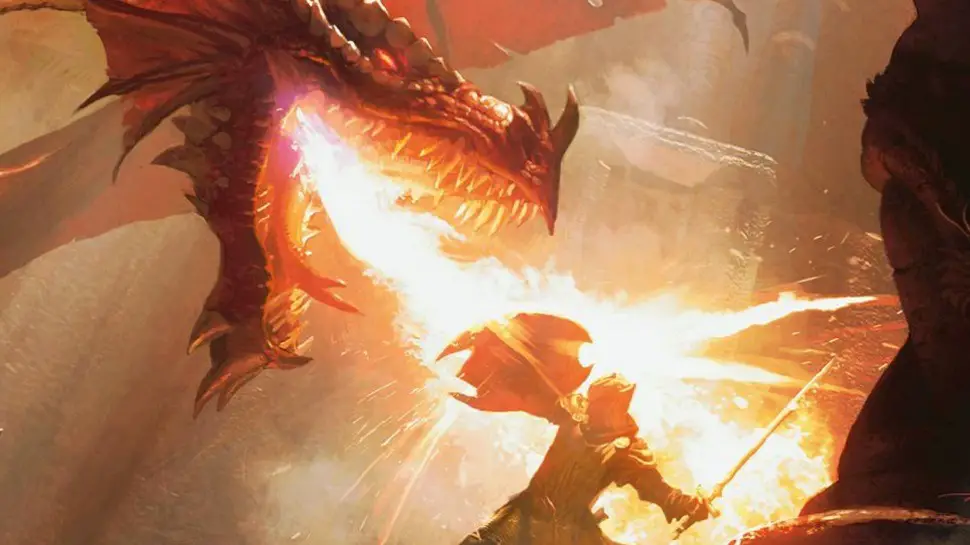
Levels 11 to 16 – Masters of the Realm
At Tier 3, the party are simply legendary. Bards sing songs and perform plays based on the party’s heroic exploits and powerful kings may seek the party’s assistance by name with world-shaking matters.
The characters at this tier are incredibly resilient and capable of superhuman feats. They are able to travel between worlds and take on massive forces of enemies. In the event that a party member does fall, death is now more of an inconvenience than it is “the end” in all but the most extreme circumstances.
Even beyond the party’s own abilities and class features, they have acquired very powerful and rare magic items. Some of these magic items might even be legendary in their own right!
Where Tier 2 is considered to be the “Golden Tier” of D&D 5e, Tier 3 takes that even further and becomes truly epic.
Encounters You Might Find as Masters of the Realm
Tier 3 sees the party taking on some of the most terrifying creatures in all of D&D.
The party might navigate the madness of a Beholder’s lair or have to compete against the grand manipulations of a Rakshasa. They might risk life and limb in a fight against an adult dragon to protect a city or claim its hoard of treasure for themselves.
Infernal cults might be opening portals for devils and demons to enter the world that the party will have to fight back.
In a horror campaign, they might be attempting to slay a vampire and its undead minions. For a touch of cosmic horror, they might find themselves venturing straight into the heart of a colony of Mind Flayers.
At this tier, the party are braving both the creatures that they encounter as well as the exceptionally treacherous lairs and dungeons that they reside in.
Whatever encounters await the party at this tier, the stakes should be incredibly high. Should the party fail on their quest, the entire nation (or even world) may be destroyed.
Recommended: How To Run Published Adventures
A Word About Planning Encounters at Tier 3
For the last two tiers of play, the DM has had it a bit easy. They’ve got plenty of options in how to present encounters. A stronger creature here, a larger number of creatures there, and so on.
When the game shifts to Tier 3 play, the DM has to start getting much more creative. The party are strong enough now that the previous ways of creating and balancing encounters just don’t work as well anymore.
DMs often start to get frustrated at this tier of play. They want to provide the party with challenging encounters that aren’t just an outright execution. But how do they do that without going too far?
Sure, a Tarrasque appearing riding a gargantuan chariot pulled by six ancient dragons would be challenging, but is there a way to keep combat exciting without jumping the shark?
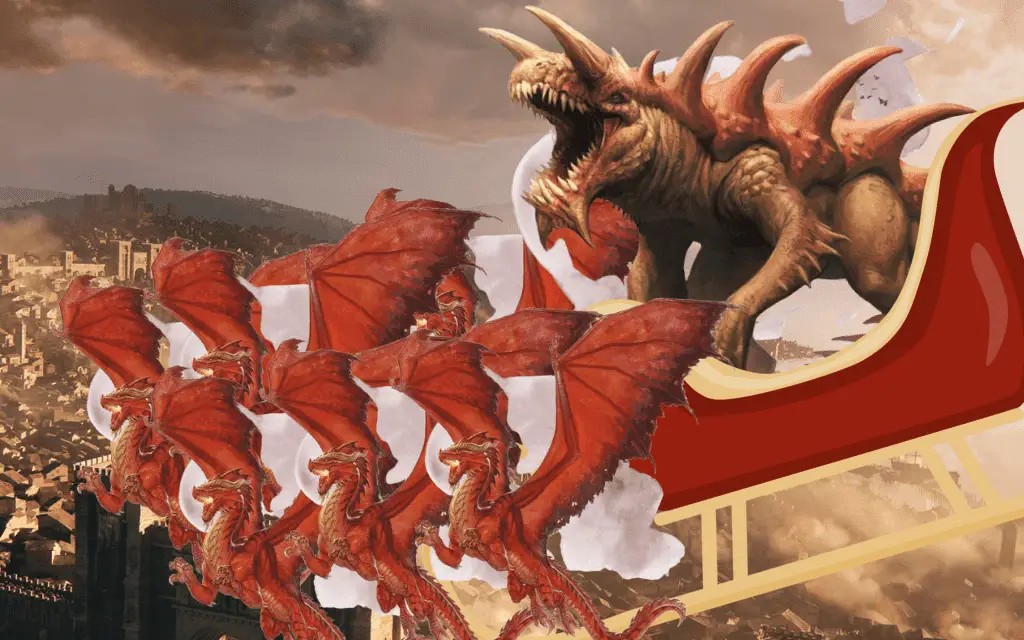
This is the tier that the DM must start really focusing more on enemies’ tactics if they want to really elevate the combat’s difficulty.
I’d greatly recommend checking out my review of the best playbook of combat tactics for DMs. While it’s a great resource at all tiers, this is the tier that you’ll especially want to focus on taking a more strategic approach.
If you are including a big creature with a CR that is appropriate for this tier, do not send it alone. Even an adult dragon can get ripped to shreds by the party if they don’t have other targets to worry about.
Bring in hazards from the battlefield itself, include lots of enemy minions, and shift your focus away from focusing on the main enemy’s stats and towards the full big-picture view of what makes the encounter epic.
Remember: this is now epic-level D&D and you’ll want your combats to be similarly epic in scale!
Levels 17 to 20 – Masters of the World
Finally, we come to the rarest and most powerful tier of D&D 5e: Tier 4.
Where Tier 3 sees the party tackling issues that affect the entire world and possibly some beyond their own, Tier 4 raises the stakes even further. At these levels, the party is working to preserve all of existence and reality as it is known.
No pressure, right?
Characters at level 4 are essentially demigods. Their abilities and accomplishments are beyond even that of legends. They are nothing short superheroes!
Spells that can completely rewrite reality like Wish are found in this tier. Traveling between planes is much more common and the party have likely made friends and enemies across many.
At this tier, the party have likely acquired several legendary magic items. Furthermore, some may have acquired certain stations that allow them to lead others.
For example, the Druid may now have their own circle of Druids that they look after as an Archdruid. The Fighter or Paladin may have been given command over an army of their own. Wizards and Sorcerers might have access to a powerful secret society of arcane casters who protect the most powerful magics in existence.
Adventures at Tier 4 are massive at scale. Expect powerful entities to take an interest in the party’s activities. While some may be good (such as avatars of the gods appearing to the party), others (such as archdevils) most decidedly are not.
It’s actually possible to go beyond Tier 4, though that is a whole separate beast that is way outside the scope of this article. If you’d like an article that’s all about going beyond level 20, let me know in the comments.
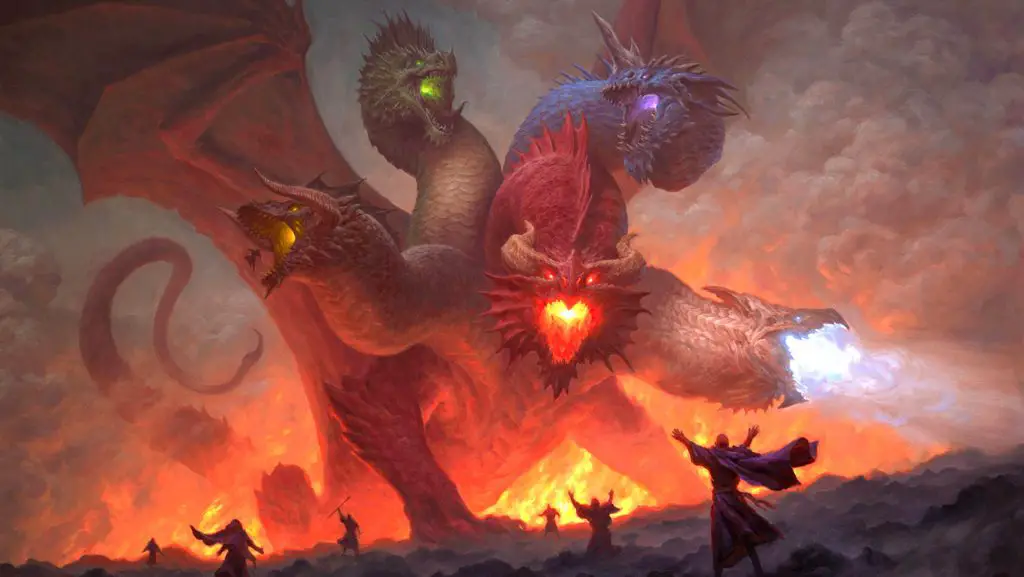
The Rarest Tier of Play?
It’s incredibly rare for stories to reach Tier 4. I mean, just look at the official content being released and see what levels those adventures are intended for! Several may hit Tier 3, but they also end there.
In fact, as written, the only officially published adventure that sees the party hitting Tier 4 is the colossal dungeon crawl, Waterdeep: Dungeon of the Mad Mage. As great as that module is, even that takes place in a massive underground dungeon where the world beyond the dungeon isn’t quite a factor.
The simple truth is that most stories start to wind down as you approach Tier 4. There are very few situations that the party can’t very swiftly and easily deal with. As exciting as it is to level up and gain crazy new spells and abilities, as a player you kind of find yourself going “ok, now what?” once you’ve hit these levels.
In all my time of playing D&D, I have only had a campaign reach Tier 4 one time. It was actually the game where I played the namesake character for this very blog! We had a great time for 2+ years then at level 18 it just started to fizzle.
So why am I even mentioning all of this?
Look… I’m not trying to bum you out. But I am trying to help you realize that this is the tier that you need to begin looking at how to wrap up the story as the DM.
By all means, let your players go crazy! After all, it’s not every day that you get to cast level 9 spells.
It’s taken a lot of time for the party to get to these levels, so let them celebrate it and use their most powerful abilities. Just be sure you have a plan for how to wrap this all up!
Think of the movie Avengers: Endgame. A decade of build-up led to an all-out spectacle where every single character brought their everything against the ultimate bad guy to save reality as they knew it. It was pure excitement!
Tier 4 of your games should hit those same kinds of notes. Go crazy with it!
Encounters You Might Find as Masters of the World
Encounters at Tier 4 are the biggest baddies that D&D 5e has to offer.
Ancient Dragons, Archdevils, and Demon Lords are just scratching the surface!
As far as enemies on the Material Plane, there are a few standouts at this tier. Liches and Ancient Dragons are certainly among the most infamous. If the party dares to venture beneath the waves of the ocean, they may even have what it takes to take on a Kraken!
There are plenty of powerful devils and demons that can be encountered if the party ventures to the Lower Planes. At this tier, the party might even have what it takes to slay a Demon Lord or Archdevil for good!
Whatever encounters await the party at tier 4, they are bound to shake multiple planes when they occur.
Important Talk For DMs: Overcoming Imposter Syndrome For Dungeon Masters
Conclusion – Tiers of Play in D&D 5e
I hope you’ve found this article helpful!
Understanding the tiers of play in D&D 5e is very important for Dungeon Masters. When you know what’s “par for the course” in a tier, it makes it easier to plan meaningful encounters and story arcs. This is especially true if you’re going 100% homebrew with your campaign!
When planning an adventure, ask yourself what kind of story is being told? From there, match that expectation with the appropriate tier or tiers.
Personally, I’ve found that it’s good practice to find a way to tie the story together at the end of a tier level before then widening it as you move to the next tier.
Got an epic high-tier adventure from your group you’d like to share? I’d love to read about it in the comments!
While you’re down there, don’t forget to sign up for the Tabletop Joab newsletter. That’s the best way to stay up to date with all of the latest DM tips, player guides, product reviews, and more for D&D 5e!

